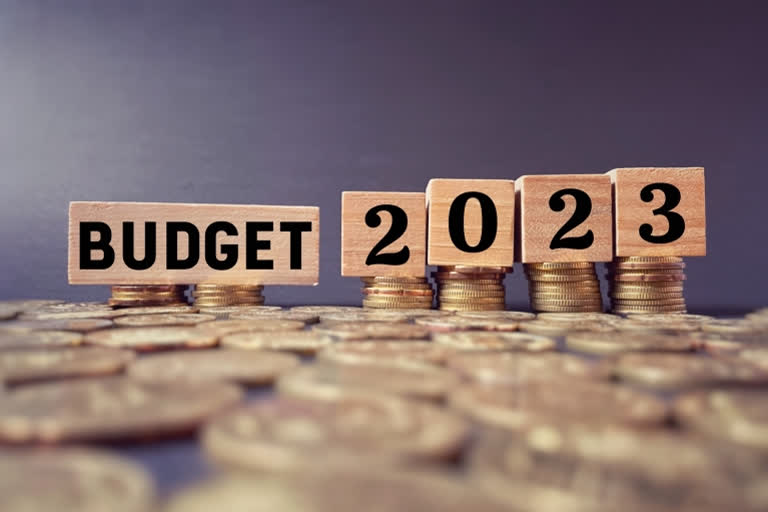New Delhi: Despite the Centre’s massive borrowings to meet the total budgetary expenditure which has been pegged at around Rs 40 lakh crore, the bulk of the government’s expenditure is still met by its revenue receipts which are the taxes and duties collected by the Central government. Tax and non-tax revenue receipts account for nearly 56% of the total expenditure and borrowings account for the remaining nearly 44%.
According to budget estimates, this year the Central Government's gross tax receipts have been estimated at over Rs 27.5 lakh crore. According to the budget documents, there are three main sources for the government’s gross tax receipts that form the bulk of this massive amount. These are combined goods and services tax (GST) administered by both the Centre and States, Corporation Tax and Income Tax. These three taxes alone account for the bulk of the tax revenue of the Central government, accounting for nearly 80% of the gross tax revenue.
In addition to these three taxes, the central government also imposes duties such as Central Excise Duty on production and manufacturing of certain goods and commodities and it also levies Customs Duty on the import of certain goods in the country. However, both these duties jointly account for less than 20 per cent of the Centre’s gross tax revenues which have been pegged at Rs 27.58 lakh crore for the current financial year.
Also read: Budget 2023: How Govt arranged Rs 40 lakh crore for this year’s expenditure?
The Centre is also required to share a part of its gross tax revenue with the States as per the formula laid down by the Finance Commission therefore the Centre would transfer over Rs 8.16 lakh crore from the total gross tax receipts of Rs 27.58 lakh crore. The Centre’s net tax receipts would come down to nearly 19.34 lakh crore after the transfer of the State’s share in the Centre’s divisible pool.
On a standalone basis, the Corporation Tax, which the Centre levies on the income of companies, accounts for the biggest chunk with a total estimated collection in this financial year pegged at Rs 7.2 lakh crore. The corporation tax is followed by the Income Tax that has been levied on the income of individuals, firms and Hindu Undivided Families (HUF). This year’s estimates suggest that the income tax collection would be to the tune of Rs 7 lakh crore.
These two taxes are followed by the GST which is jointly administered by both the Centre and States. However, the Centre collects Central GST or CGST and Integrated GST or IGST while respective states collect State GST or SGST. The Centre’s GST collection, which is primarily CGST, for the year has been pegged at Rs 6.6 lakh crore. The Centre also collects GST Compensation Cess to compensate the States for any loss of revenue on account of the implementation of GST from July 2017. This year, the Centre’s GST Compensation Cess collection has been estimated at Rs 1.2 lakh crore.
Also read: Budget 2023: NGOs demand increase in old age pension, more tax relief, GST exemption for elderly
In addition to these taxes, the Centre also collects taxes from Union Territories and this year’s tax collection from Union Territories has been pegged at Rs 7,820 crore. The Centre is also expected to collect a minuscule amount from the arrears of Service Tax that has been subsumed in the GST but some old demands are still pending as these cases entered litigation between the government and the taxpayers. The Centre is estimated to collect Rs 2,000 crore in old Service Tax demand this year.



